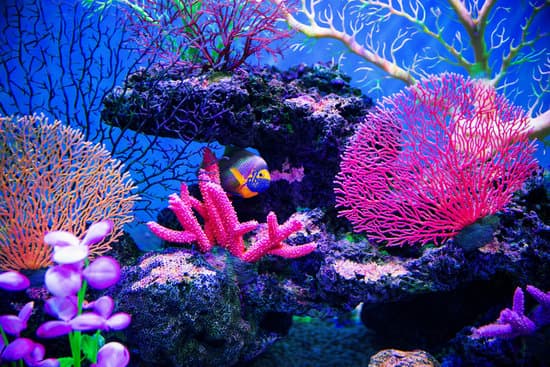
Most people in the United States have probably heard of the Great Barrier Reef, the largest coral reef system in the world. Each year, an innumerable number of tourists visit and go scuba diving to see the beautiful coral and many animals that inhabit this ecosystem. Some people even take the coral home with them as a souvenir. However, these activities are causing the coral to die in great numbers. The coral reefs that many species of animals and plants rely on are disappearing. If people do not take action to save the coral reefs, drastic changes in the oceans and beaches will affect animals, plants, and humans all around the world!
About 25% of the fish that live in oceans across the world need healthy coral reefs in order for their species to survive and continue living. In the Northwest Hawaiian Island coral reefs alone, 7,000 species depend on the coral reefs. Fish need the coral reefs for many things. The coral reefs provide them with food and places for them to reproduce and raise their young. Without the reefs, many animals would die out very quickly. Humans also rely on the coral reefs as the reefs help the beaches and coasts from being destroyed by erosion. Without the stability of these shorelines, human infrastructure would crumble. People also source food and medicine that originate from coral reefs. Small businesses situated near these reefs benefit as well since their products and services sold allow people to explore and enjoy the reefs..
Unfortunately, these important ecosystems are dying mainly due to human impact. Coral becomes easily stressed, which leads to them becoming bleached. Coral bleaching happens when the coral expel zooxanthellae, an algae that lives inside the coral’s tissue causing the color to be removed. Some coral might recover from the bleaching, but the coral often dies. People who take coral as souvenirs are causing bleaching. Warming waters caused by climate change are also killing coral. Pollution and overfishing also makes the coral stressed. Between 2014 and 2017, warm waters across the globe caused 70% of the population of coral to be bleached.
However, today people are finding ways to help the coral. Scientists are moving healthy coral into the areas where there is bleached coral to try and stable the weak ecosystems. Many other people are also trying to find ways to lower the pressure coming from human impact by studying remote reefs. Educators are teaching children the importance and beauty of coral reefs. Additionally, these educators are teaching the kids about climate change and human impact, so they will push to save the endangered ecosystems.
These efforts are small but mighty, and the more people that collaborate to save the coral reefs, the more of a chance the ecosystems have at survival. The best ways to help the coral reefs are to spread awareness of the lowering population and be aware of the way a single human’s actions impact the environment. If enough people work hard to save the reefs, they will survive. However, if the problem continues to go unnoticed by many people species will die out quicker than many will expect.
References
“Coral Reef Ecosystems.” National Oceanic and Atmospheric Administration, National Oceanic and Atmospheric Administration, n.d., www.noaa.gov/education/resource-collections/marine-life/coral-reef-ecosystems.

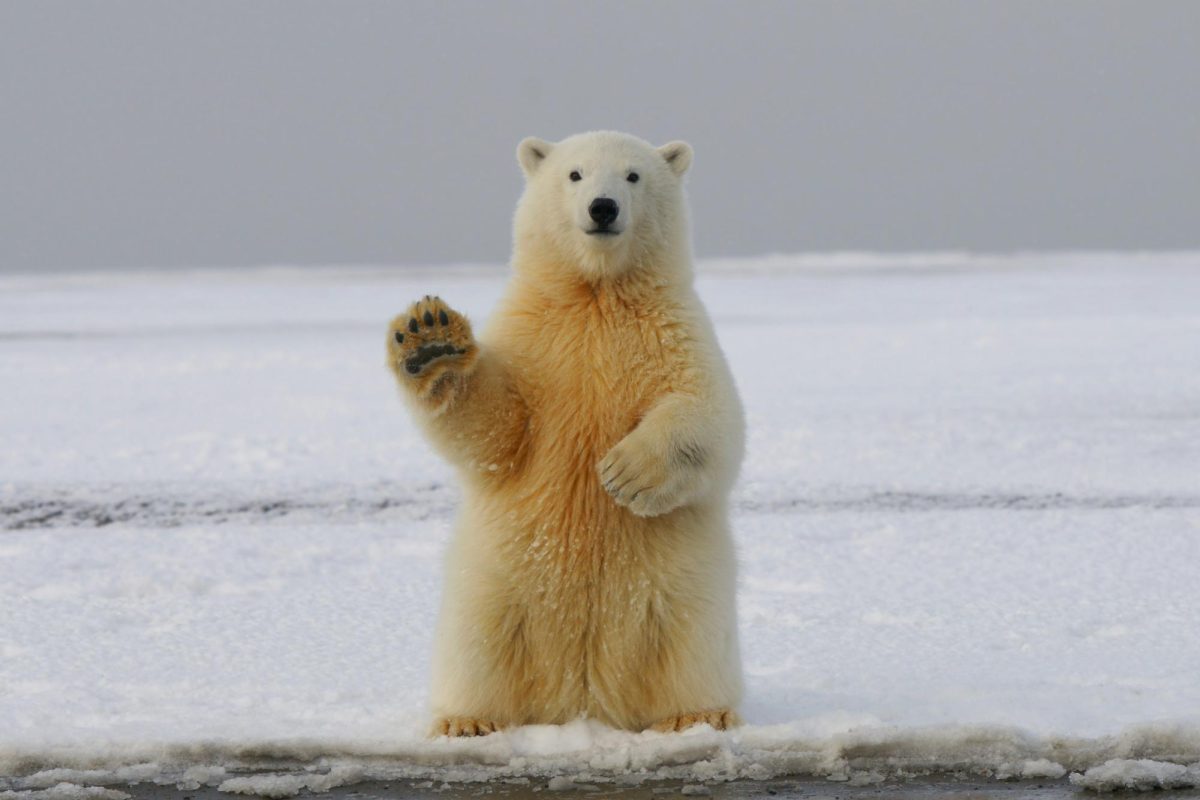
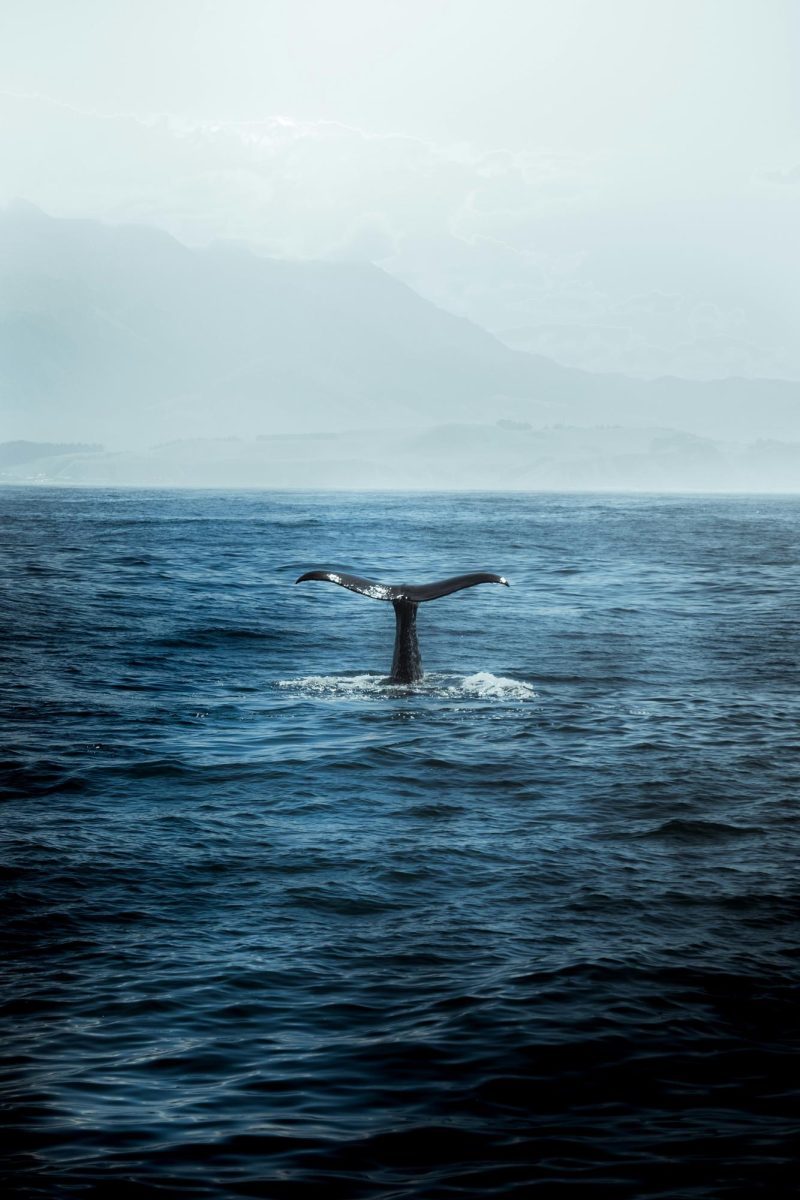


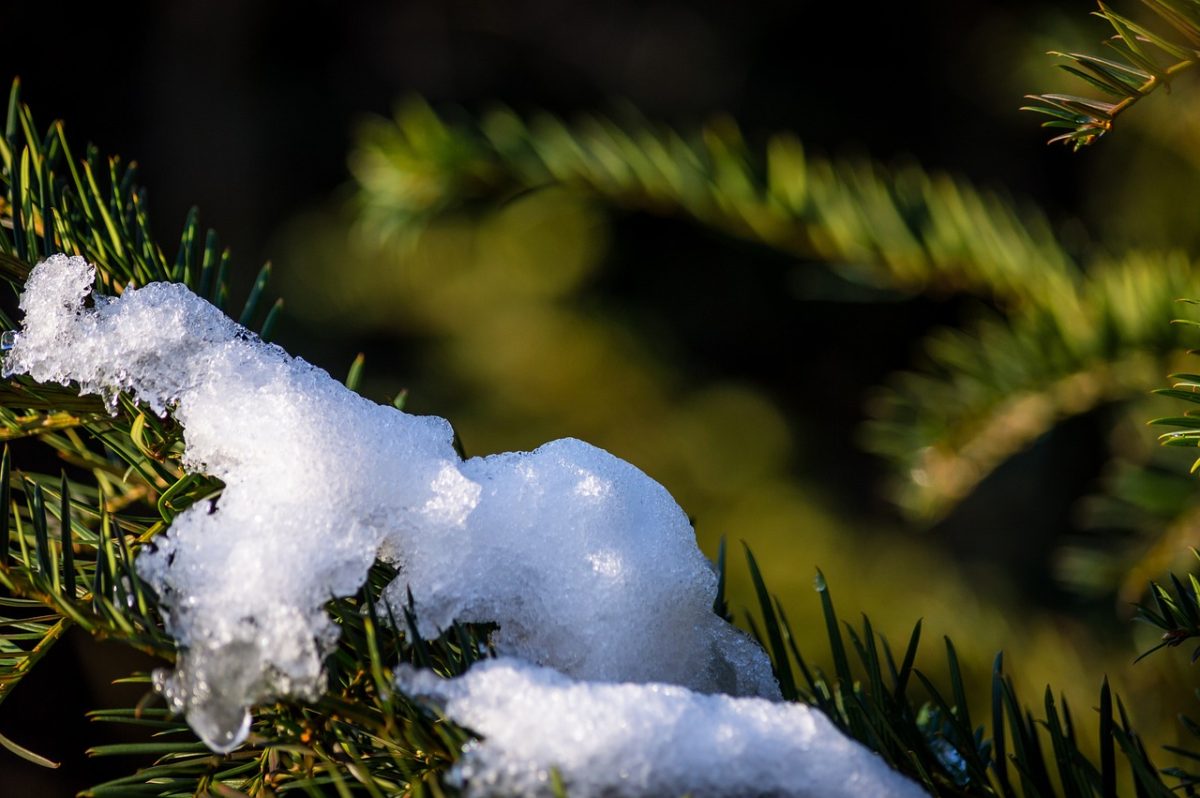
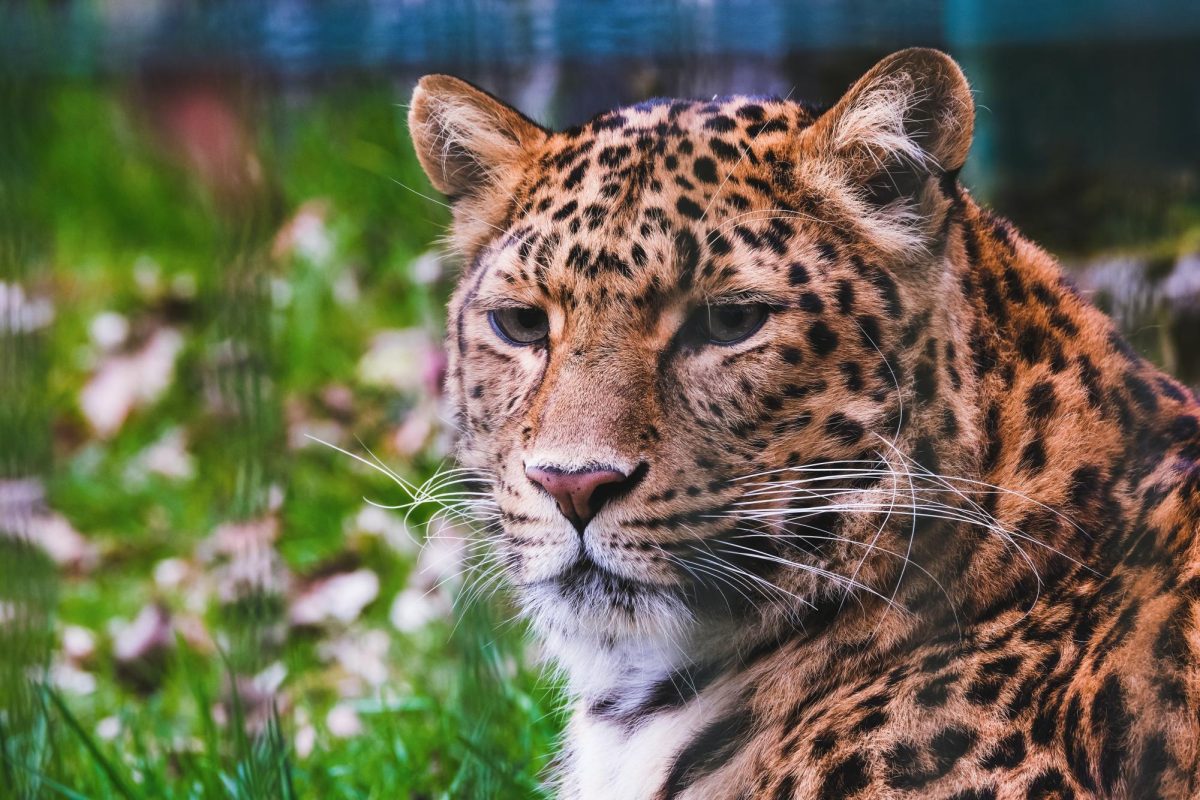

Mrs. Stefaniak's 3rd • Jan 31, 2024 at 1:21 pm
I like all the big words you used! It was nice to teach people about the coral. Maybe we should have an article about shark’s habitats. I liked how you used your words to help us easily understand a complicated topic! How long did it take you to write this? I would like to here about rainforests next!